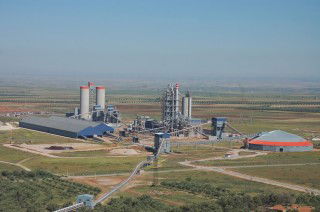As it consolidates its position as an established and reliable energy source, the petcoke industry is predicted to face several challenges. The decarbonisation of the European and other economies, new marine legislation, the evolving demand-and-supply balance and pressure on petcoke prices are expected to impact its suitability as a fuel in cement plants worldwide. By Oscar Pazos Buxo, Repsol, Spain.
Petcoke is a product derived from the petroleum refining process with two main types:
1. fuel-grade petcoke, which is mid- to high in sulphur (4.5-6.5 per cent) and metals, and represents approximately 80 per cent of global supply. This is used mainly by cement and power plants and therefore, is the focus of this article.
2. anode-grade petcoke, which is low in sulphur and metals, and accounts for 20 per cent of global supply. This is mainly bought by the aluminium and steel industries.
